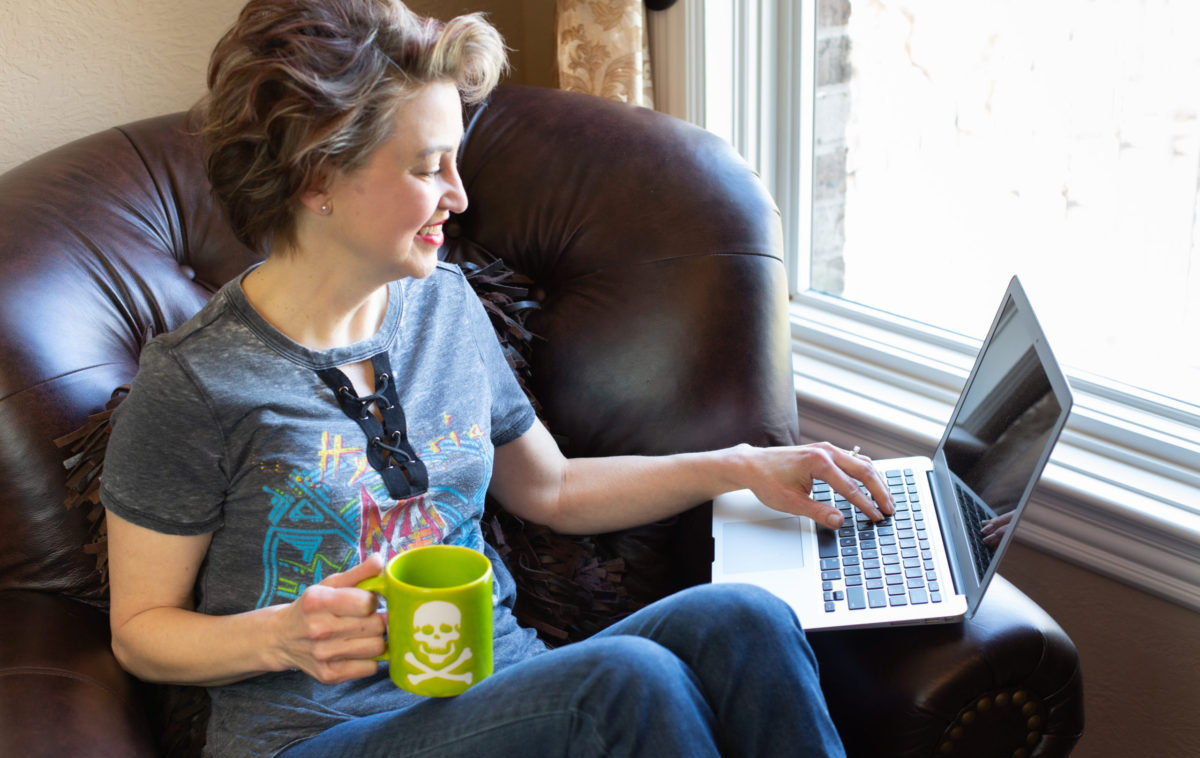
Photo by The Coach Space from Pexels
Even though Presidents’ Day honors all U.S. presidents, we usually focus on celebrating George Washington and Abraham Lincoln; holding them up as examples of honesty and integrity. They aren’t remembered as salesmen, but wouldn’t you have to be an excellent salesperson to lead a country through war? The hallmark of a good salesperson is being known, liked, and trusted. Discussing all three would be lengthy, so let’s take the next three weeks to break them down. First up, how do we want to be known?
What They Know
Before the internet was born, consumers had to rely on a salesperson to learn about a product or service. If they were lucky, they had friends who used it and could ask them about their experiences. Even here in the digital age, recommendations, word of mouth, and reviews are the most trusted facets of marketing. In terms of information availability, we’re on a level playing field with our customers. People can quickly and easily fact check the stories marketers tell them, and they expect sincerity from everyone: big corporations, small businesses, healthcare providers, higher education, etc. Consumers don’t want to waste time listening to our sales pitch when they can go online and find out all they want to know about us with a quick search. Businesses can no longer put up a front. We can’t say we prize a certain value then behave like we don’t. Thanks to social media, there are no secrets. Customers have the power and they know it. Ignoring that fact makes us tone deaf, so our outreach should reflect our respect. People want to purchase from businesses that share their beliefs. We have to state ours in our media messaging, then live up to them every day. For example, if a company says they are earth-friendly, but 25% of their product includes petroleum-based ingredients, they will get backlash. People notice when we don’t mean what we say, and they remember when it comes time to purchase.
What We Want Them to Know
Not practicing what we preach leads not only to customers mistrusting the product, but also mistrusting the company and its employees; especially its sales force. People are smart and self-interest is obvious. They want to know the company they give their hard-earned money to is worthy of their trust, and we want to be that company. We get to know each other through conversation and connection. We need to answer the questions they aren’t necessarily asking, but we can see on their faces: Is this business ethical? Reliable? Transparent? Genuine? Honest? Does their representative seem different in person than her online presence portrays? Why does she work for this company? For example, I see people in pain and I’m driven to relieve it. The company I work for is in the IT space. Everyone has data. Eventually, managing it becomes cumbersome, especially for SMBs. My company gives me the freedom to relieve those burdens. As a result, I don’t see potential conquests. I see colleagues with challenges I can help solve.
What’s in it for me? A rising tide floats all boats. If they succeed, I do too. Am I a nice person? Yes. Do I need to make a living? Yes. Are these two goals mutually exclusive? No.
Does the public have the impression of your business you want them to have? Please share in the comments.







